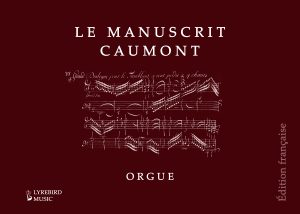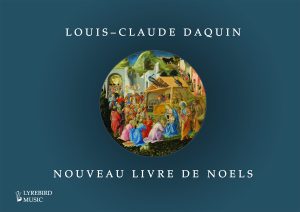LBMP–021: Parthenia and Parthenia In-Violata
From €40.45
ISMN: 979-0-706670-43-0 (Hardback) | 979-0-706670-44-7 (Wire)
137 pages
Edited by Jon Baxendale and Francis Knights
- A new edition based on the 1612–13 and early 1620s imprints.
- Pseudo-facsimile, retaining the the original notation, beaming and barring.
- Detailed preface discussing the publications, their music and its performance.
- Includes photocopiable bass viol parts for Parthenia In-Violata.
- Three available formats
- Colour hardback cover with a matt finish (choice on checkout)
- Wire-bound with soft colour cover (choice on checkout)
- Tablet (PDF – one download available for 5 days)
Prices vary according to your needs. Please first choose the format you require.
Please note that if you are an EU customer, the prices include the VAT for your area. This is collected for orders under €150. EU customers whose orders exceed €150 will see the VAT until checkout, at which point taxes will be removed.
Parthenia was the first music to be engraved in Britain, and its contents represent the apex of English keyboard Music. Its 21 pieces were written by the most influential composers of its day, William Byrd, John Bull and Orlando Gibbons. The book was lavishly engraved by William Hole, cuneator to the king, to commemorate the marriage of Princess Elizabeth, daughter of James I, to Frederick V, Elector Palatine of Heidelberg, on Valentine’s Day, 1613.
Hole followed this publication with a second volume of music sometime at the beginning of the 1620s. Rather than being just a collection of keyboard music, Parthenia In-Violata contains a part for bass viol. Its contents are somewhat different to Parthenia: only three of its composers are identifiable, though its pieces are charming and attractive.
In this third Lyrebird Music issue of Tudor and Jacobean keyboard music, editors Jon Baxendale and Francis Knights look at Parthenia and its sister volume’s genesis and discuss some of the myths surrounding their publication, the music and its genesis.




